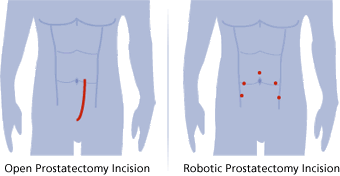- Preadmission Testing
- Overnight Hospital Stay
- Kegel Exercises
- Blood Clot Prevention Protocols
More on:
-
Questions or Concerns
Monday-Friday
8:30 am - 5 pm
215-728-4300After Hours Call
215-728-6900 -
Alexander Kutikov, MD, FACS
Chief, Division of Urology and Urologic Oncology
Treatment Focus
Minimally Invasive Surgery, Robotic Surgery, Laparoscopic Surgery, Traditional Open Surgery
Prostate Cancer: robotic and open radical nerve-sparing prostatectomy

